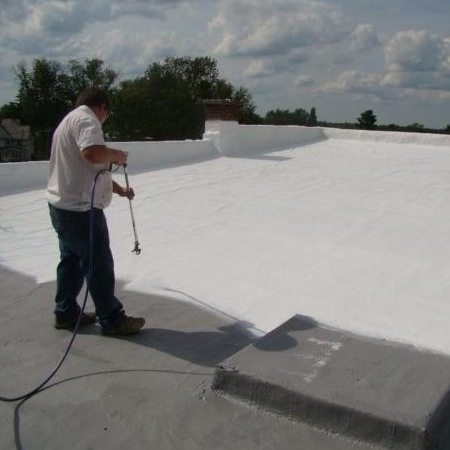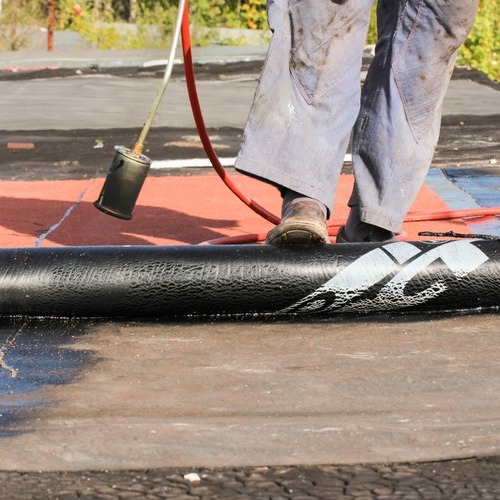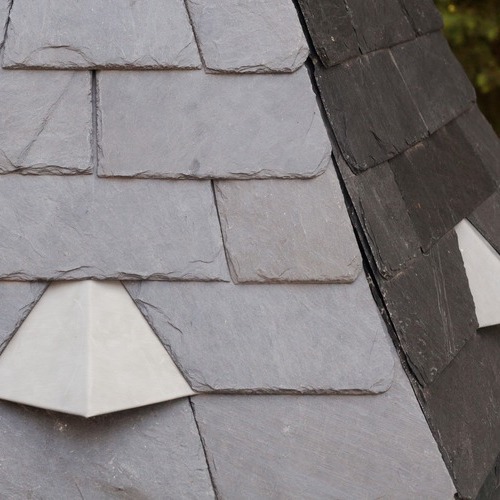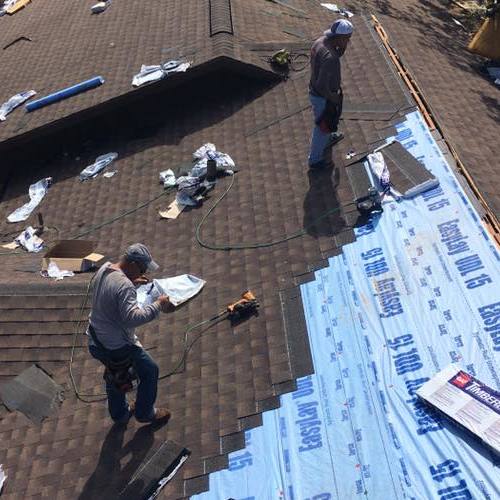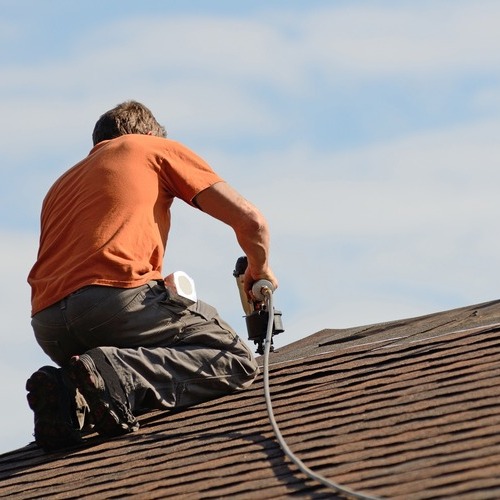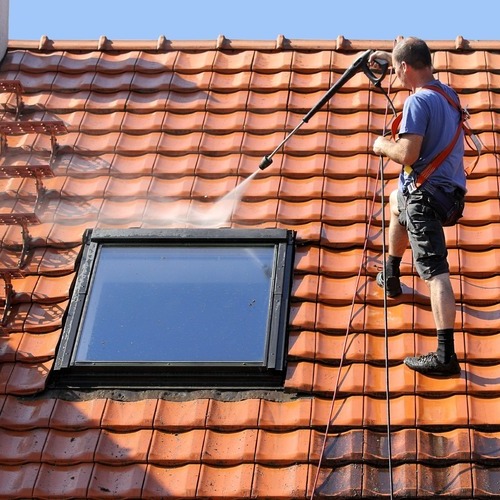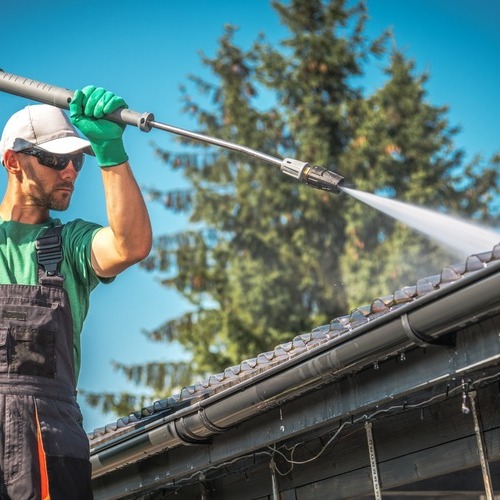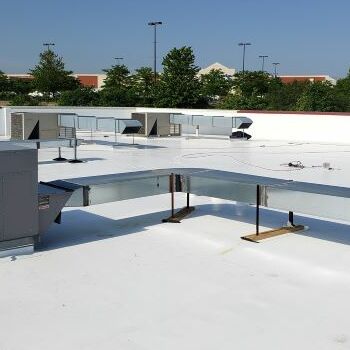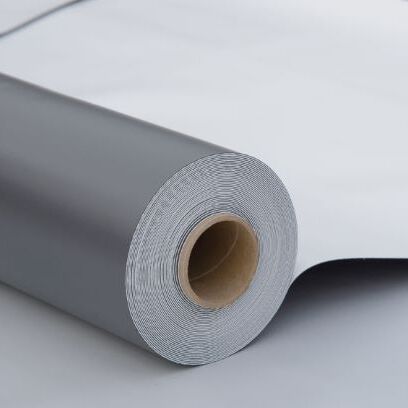
How Do I Keep My Roof From Leaking?
Roof leaks are a common issue that can lead to extensive damage if not promptly addressed. They often occur due to deteriorating shingles, damaged flashing, or clogged gutters, allowing water to seep into the underlying structures of the roof. There are many factors that can lead to a leaking roof and a need for emergency roofing services, making it important to know how to keep your roof from leaking in the first place. Today, we’ll take a look at some of the most important steps you can take as a homeowner to prevent roof leaks and to keep your roof in the best condition possible.
What are Common Causes of Leaking Roofs?
Knowing how to prevent a leaking roof begins with knowing some of the most common causes of roof leaks. Roof leaks can stem from various common causes, each presenting its own challenges. One frequent culprit is damaged or missing shingles, which can expose underlying roof materials to the elements, leading to leaks over time. Another common issue is inadequate flashing around chimneys, skylights, or vents, where improper installation or deterioration can create entry points for water.
Poorly maintained or clogged gutters and downspouts can also contribute by allowing water to accumulate on the roof rather than being directed away from it. Additionally, aging roofs can develop cracks or weaken over time, making them more susceptible to leaks during heavy rainfall or snow accumulation. Lastly, settling of the roof structure or improper installation of roofing materials can create uneven surfaces that encourage water pooling, eventually leading to leaks. Regular inspections and timely repairs are crucial to addressing these issues and preventing the need for emergency roofing services to avoid damage to your home.
How Can You Avoid a Leaking Roof?
There are many steps you can take to potentially avoid a leak in your home’s roof. Preventing roof leaks begins with proactive maintenance and regular inspections. Start by inspecting your roof at least twice a year, ideally in the spring and fall, to identify any signs of damage or wear. Look for missing or damaged shingles, cracks in flashing around chimneys and vents, and any debris or vegetation that could trap moisture. Keep gutters and downspouts clear of leaves and debris to ensure proper drainage, preventing water from backing up and causing leaks. Trim overhanging tree branches to prevent them from rubbing against the roof or falling during storms.
In addition to all of these steps, address any signs of roof damage promptly by repairing or replacing shingles, flashing, or other roofing materials as needed. Consider applying a roof sealant or coating to provide an additional layer of protection against water penetration. By taking these preventive measures, homeowners can significantly reduce the risk of roof leaks, prolong the life of their roof, and avoid the need for emergency roofing services.
When Should I Schedule Roof Inspections?
Regular roof inspections are essential for preventing leaks and maintaining the structural integrity of your home. It’s advisable to conduct thorough inspections at least twice a year, typically in the spring and fall, to coincide with milder weather conditions. During these inspections, a roofing contractor will check for missing, damaged, or loose shingles that could allow water penetration. They will also examine the condition of flashing around chimneys, vents, skylights, and other roof penetrations, ensuring it is secure and free of cracks or gaps. Clear debris such as leaves, branches, and dirt from gutters and downspouts to prevent water backup, which can lead to roof leaks. Inspect the attic for signs of water stains, mold, or mildew, as these indicate potential leaks from the roof above. By conducting regular roof inspections and promptly addressing any issues that arise, homeowners can prolong the life of their roof and avoid costly repairs associated with water damage.
What are the Signs of a Leaking Roof?
Of course, avoiding a leaking roof is not always possible, and there are times when you may need to reach out for emergency roofing services to take care of a leak. Recognizing the signs of a leaking roof early can help prevent extensive damage to your home. Common indicators include water stains on ceilings or walls, which often appear as discolored patches or streaks. Peeling or bubbling paint on interior walls can also signal moisture infiltration from above. Damp or musty odors indoors, especially in the attic or upper floors, may indicate hidden water accumulation.
Outside, look for cracked or damaged shingles, as well as missing or corroded flashing around chimneys, vents, and skylights. Sagging areas on the roof deck or visible water pooling are immediate red flags that should be addressed promptly. If you notice any of these signs, it’s crucial to inspect your roof thoroughly or consult a professional to identify and repair the source of the leak before it causes further damage to your home’s structure and interior.
If you would like any more information about avoiding leaks and possible emergency roofing services in Coppell, TX, the team at Alpha Exteriors and Construction is always ready to help. Give us a call at 214-444-8209 today.

